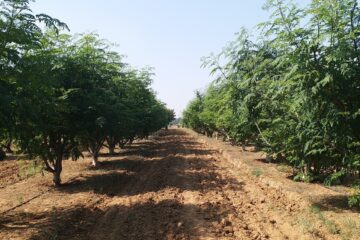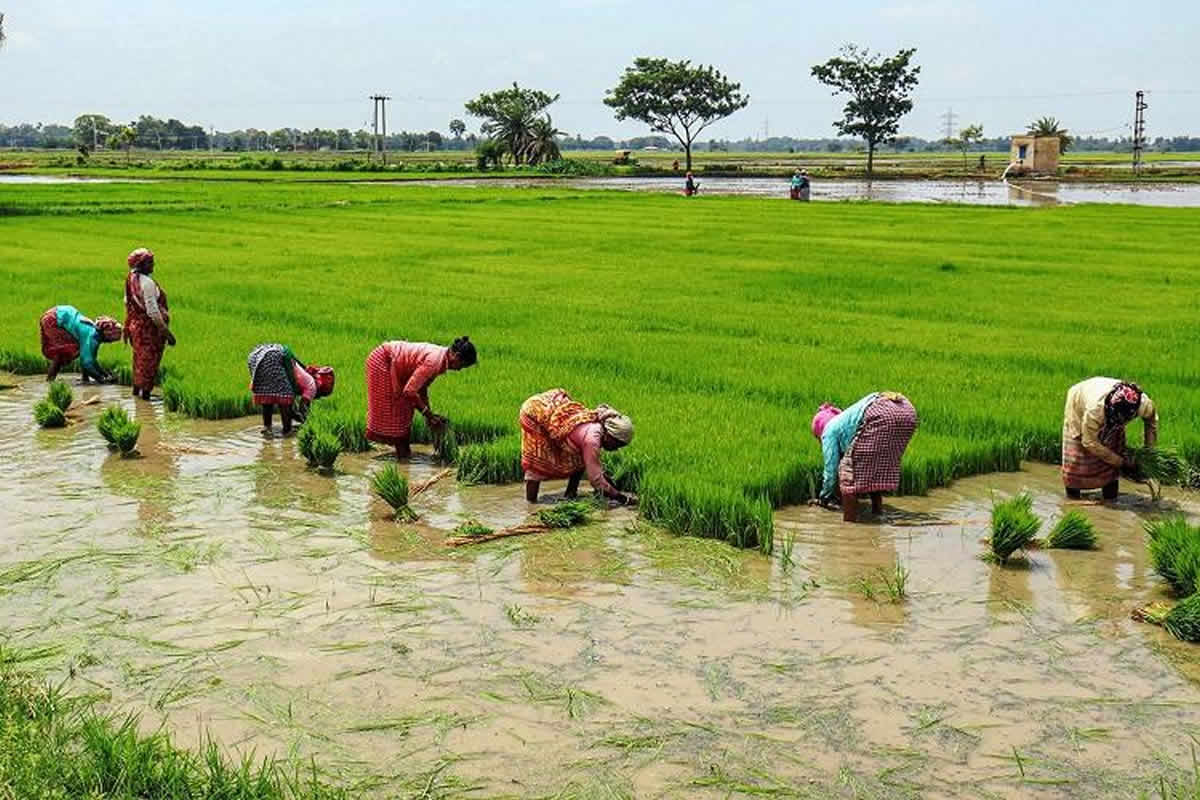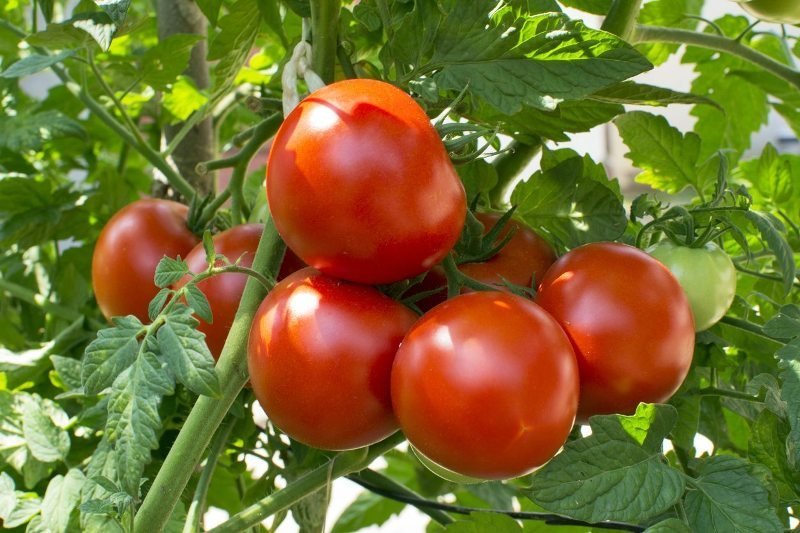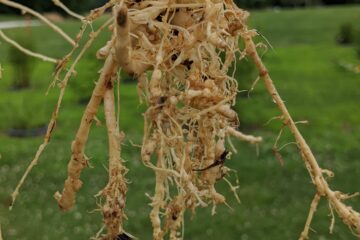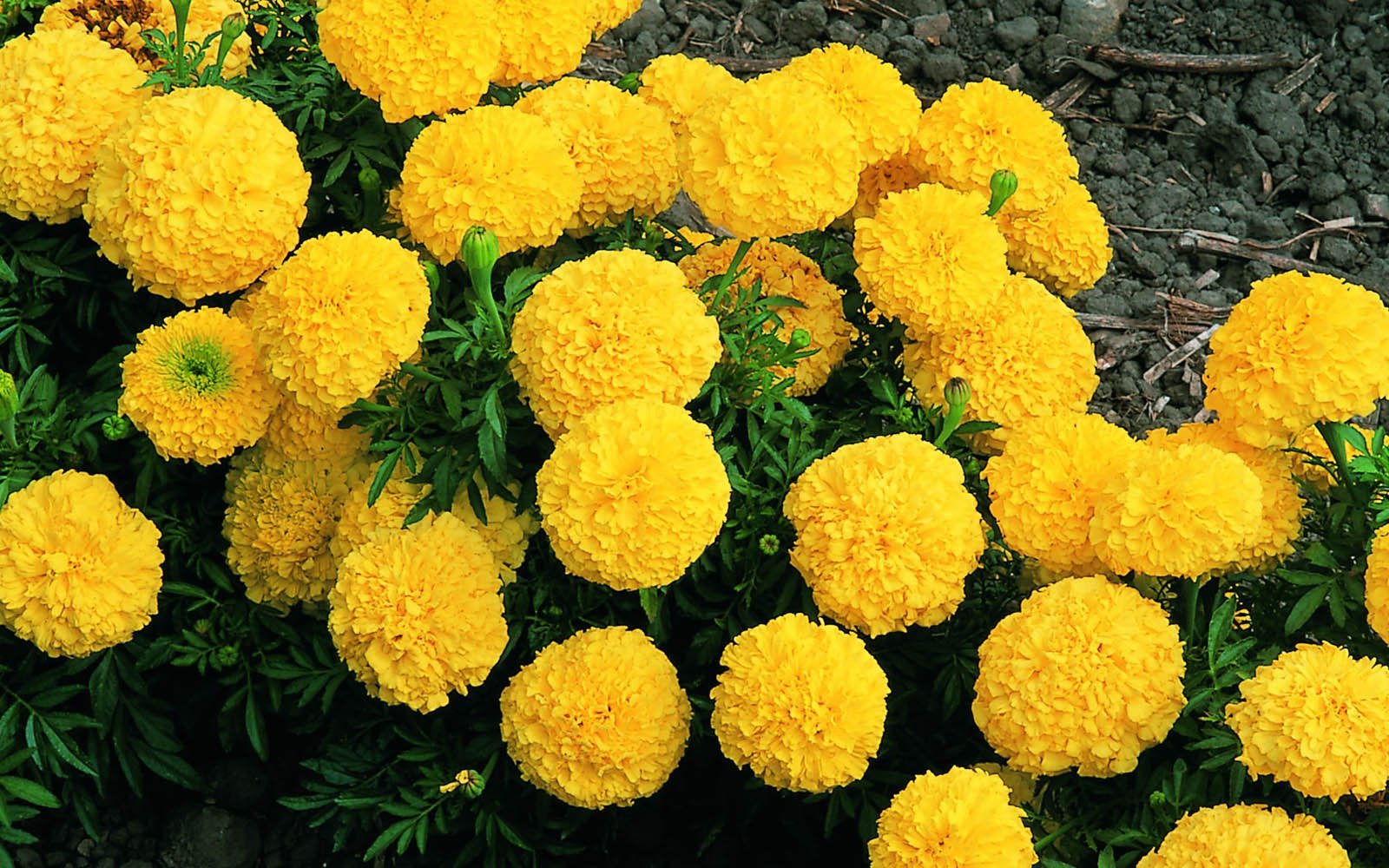Published: May 2017
Cashew, often referred to as the “gold of barren lands,” was introduced to India from Brazil and was first cultivated along the coastal regions of Goa. India has maintained its position as the leading exporter of cashew nuts in the global market, with an annual export value of Rs. 2,515 crore.
In Tamil Nadu, significant cashew cultivation occurs in districts like Cuddalore, Perambalur, Ariyalur, Pudukkottai, Trichy, and Sivagangai. The state’s average cashew yield is 620 kg per hectare, which is much lower compared to Vietnam’s 2,500 kg per hectare.
Several factors contribute to this low yield. Around 40-50% of cashew orchards in India are grown from seed-propagated saplings. Furthermore, 40% of these orchards consist of very old and low-yielding trees. Most orchards are located in nutrient-deficient and sandy coastal areas. Additionally, inadequate fertilization and poor pest management practices lead to lower yields.
To increase cashew yield, it is essential to plant high-yield grafted varieties and adopt modern cultivation techniques.
Varieties
For arid and rainfed regions, VRI 2, VRI 3, and VRI 4 varieties are suitable. These varieties start bearing fruit early, produce uniform crops, and yield high-quality nuts suitable for export.
Planting Density
Cashew saplings should be planted at a spacing of 7×7 meters, resulting in 200 saplings per hectare. Alternatively, dense planting at 5×4 meters spacing can be adopted, with trees thinned out after ten years to maximize early returns.
Climate
Cashew is a tropical crop requiring good sunlight. It needs 6-8 hours of sunlight daily for growth and 8-10 hours for flowering. Dry conditions during flowering and fruiting increase yield. High humidity levels (above 60%) can adversely affect tree growth and productivity. Cashew can be cultivated in areas receiving 600-1,500 mm of rainfall annually.
Soil
Cashew grows well in red soil, laterite soil, and coastal sandy soil. Avoid saline and alkaline soils.
Planting
Planting can be done in August-September during the northeast monsoon or from June to March in irrigated areas. Dig pits of one cubic meter in hard soils or 45 cm cubes in good soils. Expose the pits to sunlight for ten days, then fill them with topsoil mixed with 10 kg of farmyard manure, 1 kg of neem cake, and 100 grams of Lindane. Plant 3-6 month-old grafted saplings, ensuring the graft union is 5 cm above ground level. Support the saplings with stakes to prevent movement.
Post-Planting Care
Remove the plastic grafting tape one month after planting. Ensure water does not stagnate around the saplings during the rainy season. Remove sprouts from the rootstock as soon as they appear. For the first three years, remove flowers to promote strong vegetative growth. Intercropping with legumes, pulses, and green manure crops like sunn hemp, black gram, sesame, and minor millets can provide additional income.
Pruning
Maintain a single trunk up to one meter from the ground. Remove dry, diseased, and pest-infested branches regularly. Apply 10% Bordeaux paste to cut surfaces after pruning.
Weed Management
Keep a two-meter radius around the saplings weed-free to ensure good growth. Remove weeds twice a year. Herbicides like Gramoxone (5 ml per liter of water) can be used to control weeds.
Irrigation and Drainage
Cashew is primarily a rainfed crop, but supplemental irrigation can increase yield. Water the trees with 200 liters per tree every fifteen days from January to March. Ensure proper drainage to prevent waterlogging.
Fertilization
Apply fertilizers in a trench 1.5 meters away from the trunk and 10 cm deep around the tree.
Pest Management
- Tea Mosquito Bug: Plant guava, neem, or grape around the cashew orchard to attract natural predators. Spray monocrotophos (0.5 ml per liter of water) during the flushing stage and urea (3 grams per liter) mixed with endosulfan (1.5 ml per liter) during flowering. Spray urea (30 grams per liter) and carbaryl (2 grams per liter) during the fruiting stage to prevent flower and nut drop.
- Stem and Root Borers: Remove weeds and infected trees immediately. Apply a mixture of one part tar and two parts kerosene to the trunk to prevent egg-laying. Treat the soil around the trees with carbaryl (0.2%). Fill plastic bags with 20 ml of monocrotophos mixed with 20 ml of water, insert the pruned roots, and secure the bag tightly. For leaf-eating and flower-piercing caterpillars, spray monocrotophos (0.05%).
Disease Management
- Seedling Blight and Root Rot: Treat nursery soil or seedlings with 1% Bordeaux mixture or 0.2% Thiram solution before planting.
- Anthracnose and Pink Disease: Remove infected branches and spray 0.2% Mancozeb or 1% Bordeaux mixture.
- Leaf Spot: Remove affected leaves and spray copper oxychloride (0.25%).
Harvesting and Yield
Cashew nuts can be harvested from the fourth year. The yield varies with the variety:
- VRI 2: 2,000 kg per hectare
- VRI 3: 2,500 kg per hectare
- VRI 4: 3,000 kg per hectare
- VRI 1: 2,900 kg per hectare
Dr. K. Vengatalakshmi, Agricultural College and Research Station, Kudumiyanmalai, Pudukkottai District



